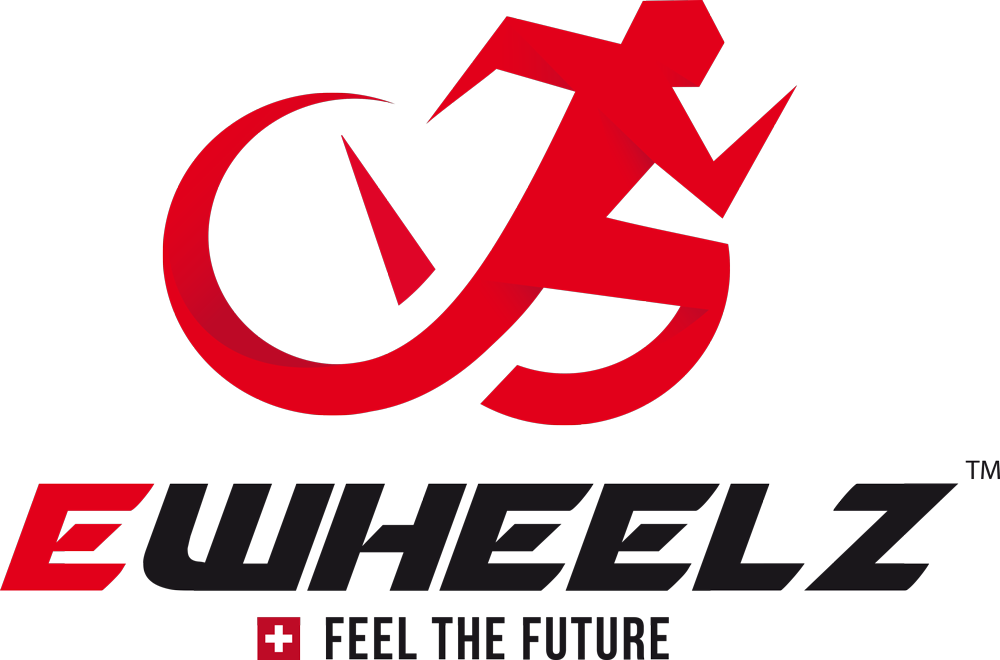Japan | Signs seen of road widening for futuristic mobility

Signs seen of road widening for futuristic mobility
Japan is about to take a step into the future of personal mobility by easing government regulations so that Segways and similar vehicles can be driven on public thoroughfares.
Once the rules ease, which is expected in a week or so, people might see more gyroscope-based devices become part of the daily traffic scene.
Let’s take a closer look at personal mobility, the devices involved and what their proliferation will mean for standard commuters.
What exactly are personal mobility devices?
Generally speaking, these can be any device that improves one’s mobility, particularly in public.
The transport ministry says they should be less than 150 cm long, 70 cm high and go no faster than 10 kph.
A prime example is the Segway, the two-wheel, self-balancing device made by U.S.-based Segway Inc. that is steered simply by shifting one’s weight. Toyota Motor Corp. followed with the similar Winglet. Both are driven standing upright while holding a hand control.
Honda is developing a variation called the Uni-Cub that resembles a stool with wheels, though it is more suited for indoor use.
Are they allowed on public thoroughfares?
In Japan, they can only be used under tight restrictions, as opposed to many U.S. states and Europe, including Germany and France.
Here, the Segway is considered a special motor vehicle that would require mirrors, turn signals and brakes if operated on the street, with drivers requiring licensing. The only places they can be driven right now are in areas that have been designated by the central government as special structural reform zones, at the request of municipalities.
But such zones aren’t established simply for allowing Segways and Winglets. They are based on comprehensive plans for energizing the economies of the communities they are in.
According to the transport ministry, there are only two areas — Tsukuba in Ibaraki Prefecture and Toyota in Aichi Prefecture — where people can ride Segways and Winglets.
Why is the government easing the rules, and where?
“In 2011, it became possible to run (personal mobility devices) on public roads in the special reform zones. Various experiments, like Segway tours, have been conducted with no accidents or (traffic) rule violations,” said ministry official Masaru Miyashita.
“This means it is possible for areas with similar conditions” to seek permission to test the devices in public, he said.
Miyashita added that easing regulations will make it possible for people to ride such devices without being in a special reform zone.
Although permission to ride the devices will still be needed from local transport bureaus and police, the new rules will actually allow people, companies and other organizations to request that permission.
As for where, Tsukuba has been hosting Segway tours on sidewalks at least 3 meters wide so as not to interfere with pedestrian traffic, and taking security staff along to prevent accidents. Drivers are restricted to a maximum speed of 6 kph and must have a license.
The National Police Agency has not announced rules for a nationwide test, but it plans to allow the devices to ply sidewalks less than 3 meters wide simply because that is the reality in many busy urban areas.
Will the use of personal mobility devices explode?
Dai Akimoto, vice president of Segway Japan Ltd., a Yokohama-based distributor, said city tours using Segways have become increasingly popular in the U.S. and Europe, and Japan might join the trend once deregulation takes place.
Cities including Kyoto, Yokohama and Naha in Okinawa, as well as certain parts of Tokyo around the Imperial Palace and the Jingu district, are suitable for Segway use, Akimoto said.
There are many people who want to run Segway tours but can’t because of the regulations, so Akimoto said Japan will probably be seeing a good number of Segway-based tour operators flourish in the coming years.
Although Segways may not be good for long distances, they are handy for getting around town and might lend themselves to sharing services in the future, like car-sharing, he said.
Are they safe?
Akimoto said the Segway test in Tsukuba has logged about 20,000 km without incident, demonstrating a certain degree of safety. But similar tests overseas have been much shorter, he said, leaving Japan behind. The Segway also inspired unproven imitations that could pose a risk if they manage to spread in Japan, he warned.
Erklärung seitens eWheelz™
In Japan wird Schritt für Schritt versucht durch staatliche Lockerungen in die Zukunft der individuellen Mobilität zu gehen, so dass Elektromotor betriebene Fahrzeuge auf öffentlichen Strassen anekannt sind. Das japanische Verkehrsministerium gibt vor, dass diese nicht höher als 70 cm, länger als 150 cm und maximal 10 km/h schnell fahren dürfen. Zurzeit können Segways in Japan unter strengen Einschränkungen benutzt werden, allerdings gibt es auch nur 2 Orte wo diese aktuell anerkannt werden. Aktuell sind keine neuen Gesetzesänderungen in Aussicht, aber man plant eine Verwendung elektromotorbetriebenen Geräten zu ermöglichen. In Japan ist man also gewillt, einen Schritt nach dem Anderen in Richtung Zukunft zu gehen und womöglich schon bald das elektrische Einrad als Fortbewegungsmittel der Zukunft anzuerkennen.


